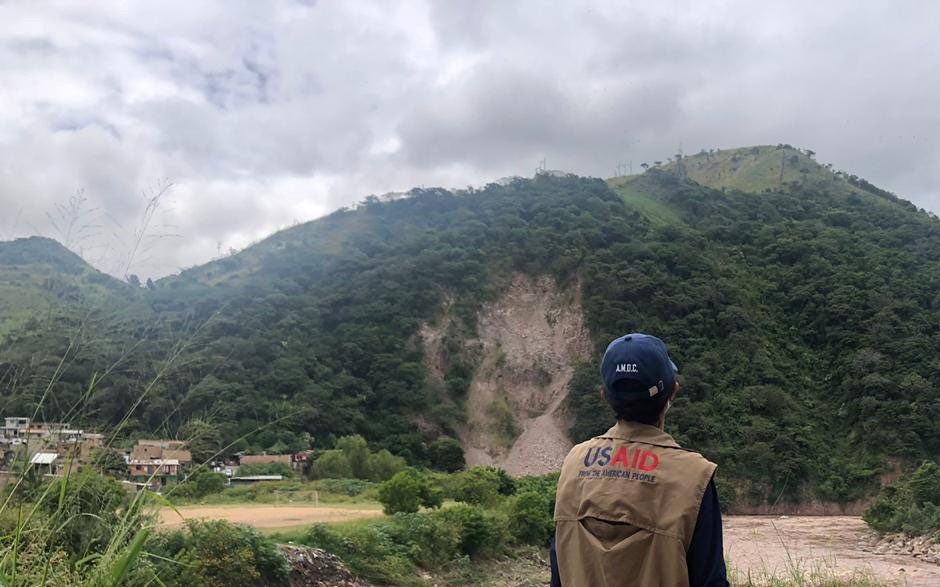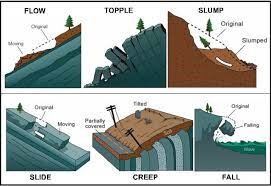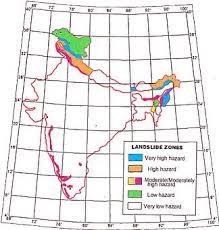Free Courses Sale ends Soon, Get It Now


Free Courses Sale ends Soon, Get It Now



Disclaimer: Copyright infringement not intended.
Context
Communities worldwide now have access to a powerful tool to increase their awareness of landslide hazards, thanks to NASA and the Pacific Disaster Center.
Details
What is Landslide?
Landslides can accompany heavy rains or follow droughts, earthquakes or volcanic eruptions. Areas most vulnerable to landslides include:
Types of Landslides

Landslides are classified into several types based on their movement characteristics:
Natural Causes of Landslides
Human causes of landslides
Landslide Zones in India

Consequences of Landslides
Mitigation of Landslides
Structural Measures:
The Initiatives taken by the Government to mitigate the risk of landslides
What measures can be taken?
|
PRACTICE QUESTION Discuss the impact of landslides on the environment and human settlements. Suggest strategies for landslide risk reduction in hilly areas of India. |
© 2024 iasgyan. All right reserved